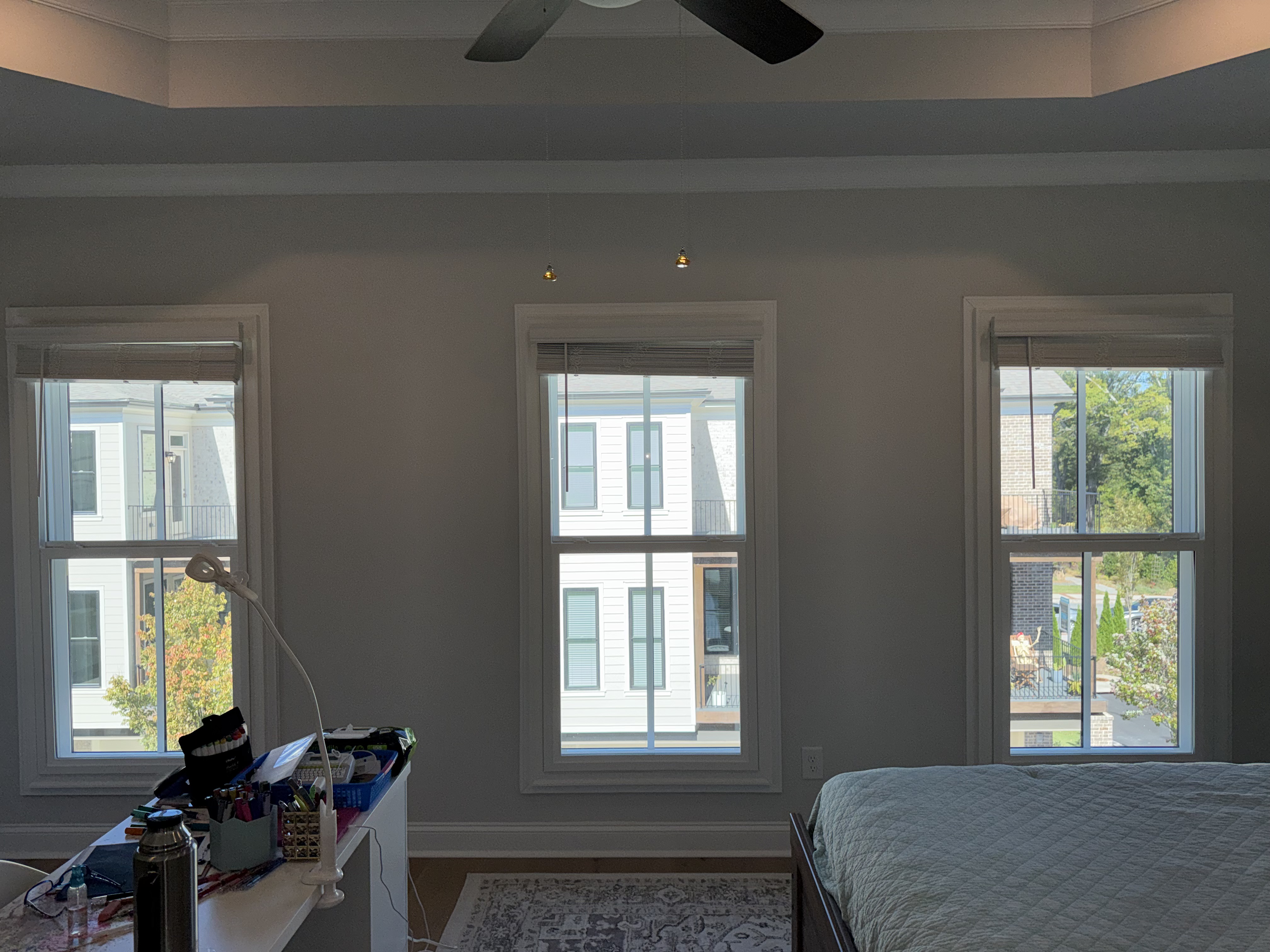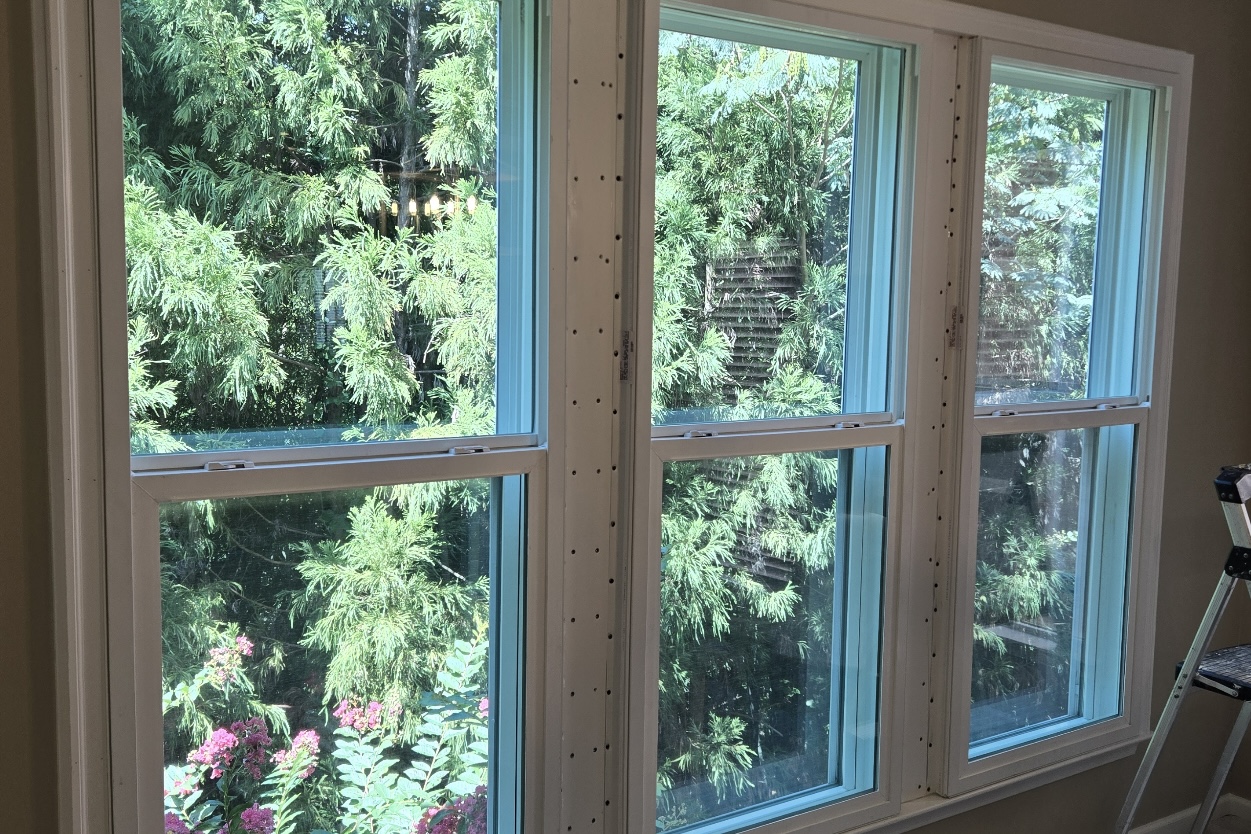Building a dream home studio can be the pinnacle of achievement for audiophiles, musicians, podcasters, and content creators alike.
However, achieving the perfect sound requires careful consideration of the room's acoustics. Acoustic treatment can dramatically improve the quality of your recordings, enhance your listening experience, and create an inspiring space where creativity can flourish.
Today, let's explore the essential components of acoustic treatment and provide a comprehensive guide on setting up your dream home studio.
Understanding Room Acoustics
Before diving into acoustic treatment, it's essential to grasp the basic concepts of room acoustics. The sound you hear in a room results from direct sound (from the source) and reflected sound (bouncing off surfaces).
When these reflections combine, they can complement or interfere with the direct sound, leading to unwanted effects such as standing waves, flutter echoes, and frequency masking.
Acoustic treatment aims to control these reflections and create a balanced listening environment. This is achieved by strategically placing absorbers, diffusers, and bass traps in the room to minimize issues and enhance sound quality.
Identify Your Room's Problem Areas
Before you start treating your room, it's crucial to identify the problem areas. One way to do this is by using the "mirror trick." Have a friend hold a mirror against the wall while you sit in the listening position. This reflection point needs treatment if you can see your speakers or monitors in the mirror. Repeat this process for all four walls, the ceiling, and the floor.
Another method is to use a tool like Room EQ Wizard (REW) to measure your room's frequency response. This will reveal any problem areas in the frequency spectrum that need addressing, such as peaks and dips caused by standing waves.
Choose the Right Acoustic Treatment
Now that you've identified your room's problem areas, it's time to choose the appropriate acoustic treatment. There are three primary types of treatment: absorption, diffusion, and bass trapping.
1. Absorption
Absorbers are designed to reduce reflections by converting sound energy into heat. They are typically made from foam, fiberglass, or mineral wool. Panels with a thickness of 2-4 inches are ideal for most home studios, as they effectively absorb mid and high frequencies.
When placing absorbers, start with the first reflection points on the side walls and ceiling. Then, add additional panels to the rear wall and other problem areas as needed. Be careful not to overdo absorption, as too much can make your room sound dead and lifeless.
2. Diffusion
Diffusers scatter sound waves, creating a more balanced and natural-sounding environment. They can be made from various materials, including wood, plastic, or foam, and come in many shapes and sizes.
Place diffusers on the rear wall and other areas where you want to maintain a sense of spaciousness. Diffusers can also be combined with absorbers to create a more balanced and natural-sounding environment.
3. Bass Trapping
Low frequencies are particularly challenging to control due to their long wavelengths and tendency to accumulate in corners. Bass traps are designed to absorb low-frequency energy and can be made from dense materials like fiberglass or mineral wool.
Place bass traps in the corners of your room, vertically and horizontally, and any other areas where low-frequency buildup occurs.
Optimizing Your Setup
Once you've installed your acoustic treatment, it's time to optimize your studio setup. Make sure your speakers or monitors are positioned correctly, forming an equilateral triangle with your listening position. This will ensure an accurate stereo image and help minimize issues caused by room reflections.
Additionally, consider using isolation pads or stands for your speakers to decouple them from their resting surface. This will help reduce vibrations and improve the accuracy of your monitoring system.
Wrapping Up
Creating your dream home studio with acoustic treatment is an investment in both your creative space and the quality of your work. By understanding the fundamentals of room acoustics, identifying problem areas, and choosing the right treatment, you can create an inspiring environment that allows your creativity to flourish.
Remember, the key is to strike a balance between absorption, diffusion, and bass trapping while optimizing your setup for the best possible listening experience. Happy recording!
Sound Proof Atlanta brings the very best acoustic solutions in the industry to the greater Atlanta area. With over 75 years of combined experience in acoustical solutions and soundproof engineering, you can count on us. If you’re looking for reliable room soundproofing services, we can help you! Contact us today to learn more and get started.
.svg)
%203.jpg)



